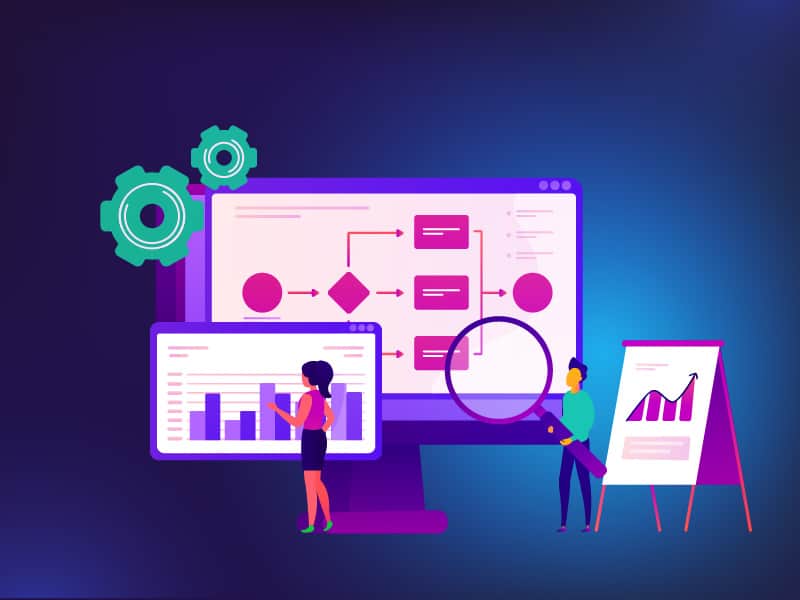Since last year’s Legal IT Landscapes report, which highlighted growing concerns about the lack of high-quality people and a reliance on quality individuals driving more lucrative fee-earning work, there has been a growing anticipation of AI and increasing appetite for cloud technology. The legal industry is embracing and looking forward to the use of even more IT than it was in 2017. Thoughts around a more accessible and mobile environment are now second nature to SME firms, and the new driver of change is automation.
A key factor in this trend is that the quality of a firm’s deliverable will only get better over time and will continuously force an ongoing program of improvement and efficiency gains that will benefit both the firm and its clients. At last the dawn of more profitable high-volume, low margin fixed-fee work (which many previously feared) is now on our doorstep.
Taking action
With change come challenges – but for those brave and clever early adopters there lies opportunity. Making light of the more process-driven tasks and finding more efficient ways of matter completion that deliver client-facing benefits via AI seems to be a key element of the wider future of a more rewarding and lucrative fixed-fee landscape.
With the impending deadline for the GDPR in May fast approaching, one major area of risk firms need to address is human error. AI will clearly feature heavily in decision making for the future where business processes and document handling can be partially, if not fully, automated – thus minimising human intervention and risk (and help avoid hefty fines).
These developments will perhaps come at a price. But surely it’s a worthy investment, since the overall return could be significant when its hidden and added benefits are considered. Long gone are the days of sitting on the fence and waiting to see what happens next – the next generation of virtual work colleagues is but a stone’s throw away and it seems eagerly awaited.
